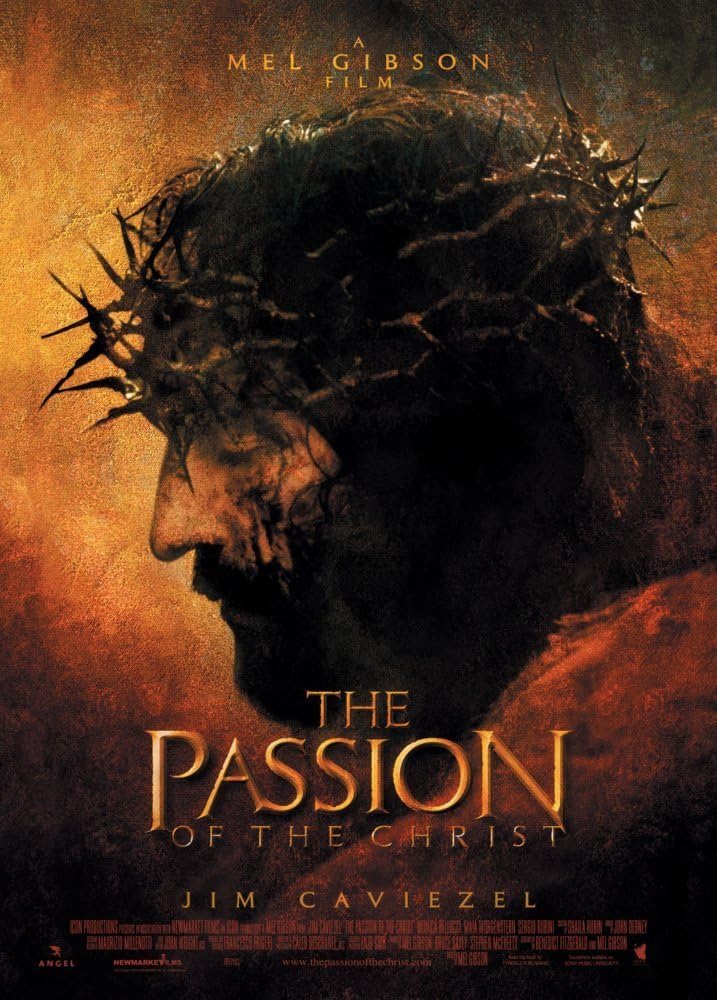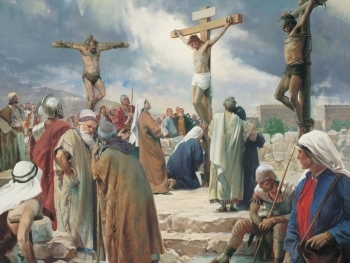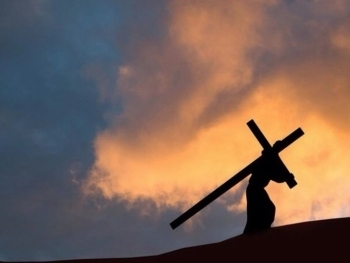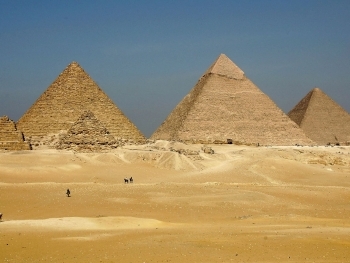
Mel Gibson's 2004 film The Passion of the Christ was a global phenomenon, sparking intense debate and controversy. The film's graphic depiction of Jesus' crucifixion ignited discussions about religion, violence, and the role of art in portraying sensitive historical events.
Cultural Impact and Controversy
The Passion of the Christ was a box office success, grossing over $600 million worldwide. However, the film's graphic portrayal of Jesus' suffering and death drew criticism from some who found it excessive and exploitative. Others raised concerns about the film's potential to reinforce anti-Semitic stereotypes, as it focused heavily on the Jewish role in Jesus' crucifixion.
Representations of Jesus and Religious Sensitivity
The film's depiction of Jesus, particularly his physical suffering, was another source of controversy. Some critics argued that the film's emphasis on Jesus' pain was gratuitous and sensationalized, while others defended the film's realism, arguing that it accurately portrayed the brutality of Roman crucifixion.
The Role of Art in Historical Narratives
The Passion of the Christ's portrayal of historical events, specifically the crucifixion, also raised questions about the role of artistic license in representing sensitive historical subjects. Some argued that the film's liberties with historical accuracy detracted from its significance, while others defended the film's artistic freedom, arguing that it was not intended to be a strictly historical documentary.
Cultural Context and Religious Appropriation
The film's release also sparked debates about cultural appropriation and the representation of religious themes in popular culture. Some critics argued that the film's predominantly white cast and crew perpetuated Western dominance in the representation of religious narratives. Others defended the film's cultural context, arguing that it was a product of its time and reflected the religious sensibilities of its creators and audience.
The Passion of the Christ as a Cultural Artifact
Despite the controversy surrounding its release, The Passion of the Christ remains a significant cultural artifact, reflecting the intersection of religion, art, and popular culture. The film's enduring impact lies in its ability to provoke discussion and debate about sensitive and complex issues, demonstrating the power of art to challenge and engage audiences.
The Passion of the Christ's cultural impact is undeniable, sparking intense debate and controversy. The film's graphic portrayal of Jesus' suffering, its handling of historical events, and its representation of religious themes raised critical questions about the role of art in portraying sensitive subjects. While the film's legacy is marked by controversy, it remains a significant cultural artifact, demonstrating the power of art to provoke discussion and challenge audiences' perspectives.
Trial And Crucifixion Of Jesus Crucifixion Of Jesus Religion Jesus Christ Crucifixion Passion of the Christ Mel Gibson Art Culture Controversy Historical Narrative Cultural Artifact

















